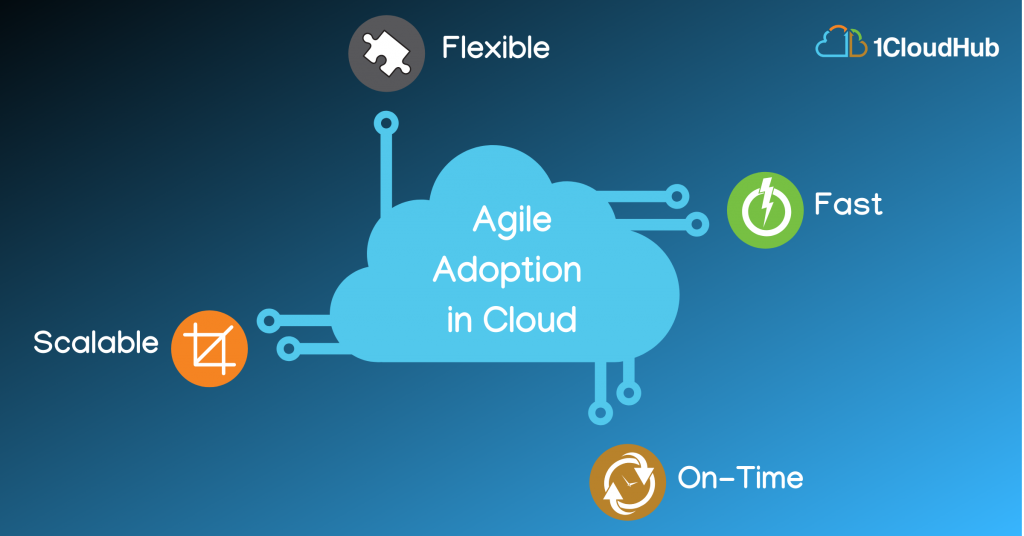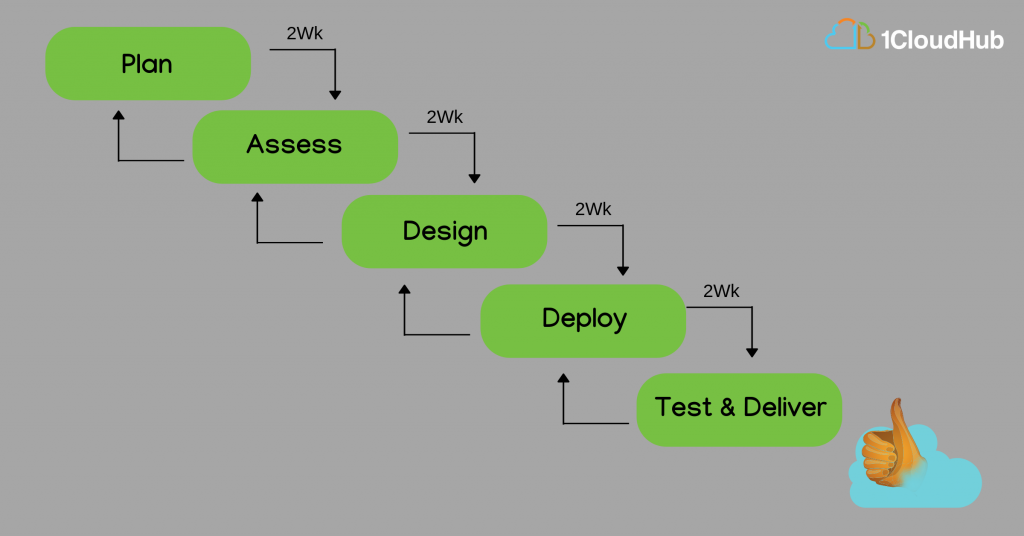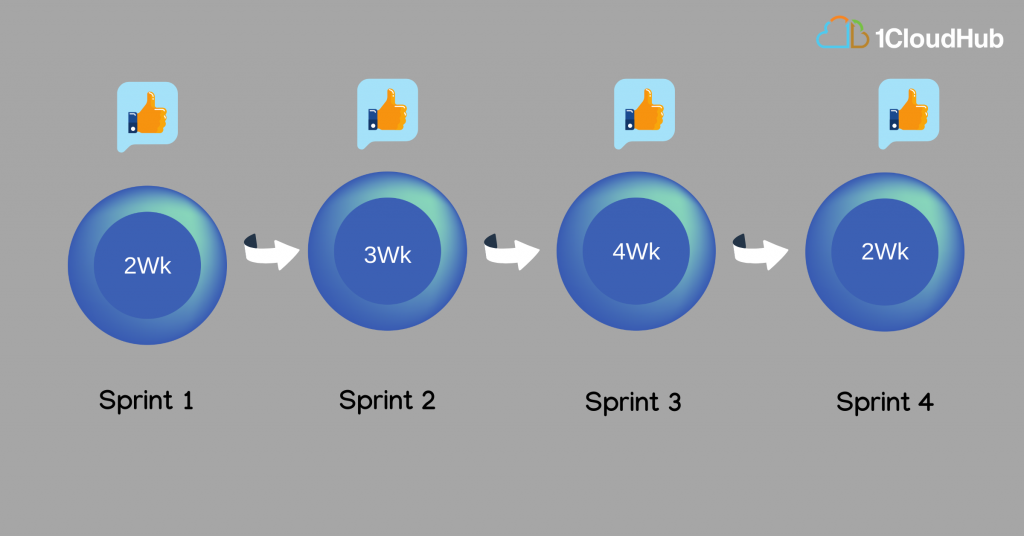The techniques of agile software are being increasing day by day in recent years. In order to enhance customer satisfaction and to increase the quality of a project, the methodology is widely used in software development over the traditional project management. The methods of Agile are light-weight software schemes, the old traditional techniques of agile which includes a waterfall, unified process, prototype model and spiral model are not capable for developing software nowadays as with the latest trends, new requirements are generating. Some of the latest software development techniques include XP, Scrum, Crystal, DSDM, ASD, and FDD.




